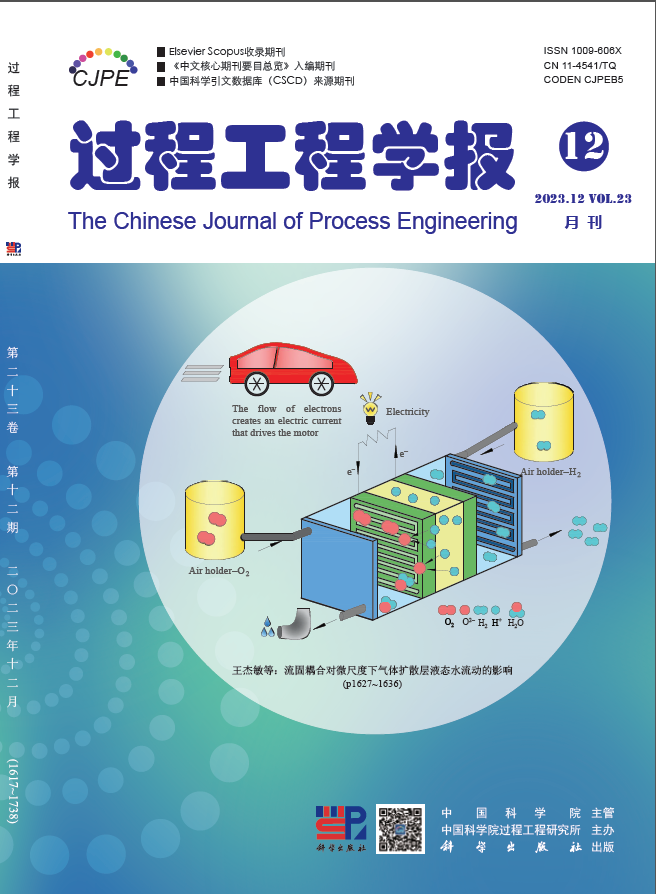湿法冶金从含铜渣氯化粉尘中回收铜
Q4 Engineering
Guocheng Gongcheng Xuebao/The Chinese Journal of Process Engineering
Pub Date : 2015-06-20
DOI:10.12034/J.ISSN.1009-606X.215128
引用次数: 1
摘要
采用盐酸搅拌浸出—n902萃取工艺回收含铜渣氯化粉尘中的铜,并对氯化粉尘浸出的主要影响因素进行了研究。结果表明,在盐酸浓度为15%、液固比为4 m L/g、反应温度为60℃、反应时间为1 h的条件下,铜的浸出率可达98.95%。铁、镍、锌的浸出率分别为91.58%、95.8%和93.66%,而铅的浸出率较低,为5.96%。浸出工艺有效地实现了铜铅的分离。N902对铜的萃取有很好的选择性。当混合时间为120 s、相比为1:1、N902浓度为30%、p H值为3.0时,浸出液中铜的浓度从7.4 g/L降至0.11 g/L,铜的提取率为98.51%,铁、镍、锌、铅的提取率均低于1.5%。本文章由计算机程序翻译,如有差异,请以英文原文为准。
Recovery of Copper from Chlorination Dust of Copper-containing Slag by Hydrometallurgical Methods
Copper in the chlorination dust of copper-containing slag was recovered through the hydrochloric acid agitation leaching-N902 extraction process, and the main influential factors on the leaching of the chlorination dust were studied. The results show that under the conditions of 15% concentration of hydrochloric acid, ratio of liquid to solid 4 m L/g, reaction temperature 60 ℃ and reaction time 1 h, the leaching rate of copper is 98.95%. Meanwhile, the leaching rates of iron, nickel and zinc are 91.58%, 95.8% and 93.66%, but the leaching rate of lead is low at 5.96%. The leaching process realizes the separation of copper and lead effectively. N902 for copper extraction has good selectivity. When the mixing time, phase ratio, N902 concentration and p H value are 120 s, 1:1, 30% and 3.0 respectively, the copper concentration in the leaching solution decreases from 7.4 to 0.11 g/L, the extraction rate of copper is 98.51%, and the extraction rates of iron, nickel, zinc and lead are all lower than 1.5%.
求助全文
通过发布文献求助,成功后即可免费获取论文全文。
去求助
来源期刊

Guocheng Gongcheng Xuebao/The Chinese Journal of Process Engineering
Engineering-Industrial and Manufacturing Engineering
CiteScore
0.90
自引率
0.00%
发文量
5682
期刊介绍:
The Chinese Journal of Process Engineering (CJPE), formerly the journal of Engineering Chemistry and Metallurgy (EC&M), is an academic periodical sponsored by the Institute of Process Engineering (formerly the Institute of Chemical Metallurgy), Chinese Academy of Sciences, and published by Science Press, China. It is intended to present all aspects of research and development, and significant engineering advances in the fields of engineering science and technology in China, to enhance the academic exchange both at home and abroad, and to promote the transfer of achievements in scientific research into industrialization.
 求助内容:
求助内容: 应助结果提醒方式:
应助结果提醒方式:


